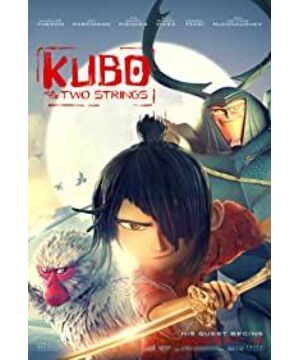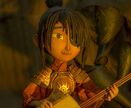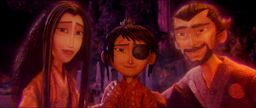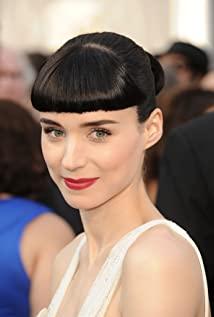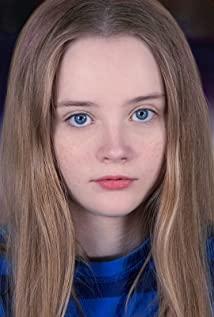From the perspective of painting style, it is not as stunning as "Song of the Ocean" and "Big Fish and Begonia", but it is quite good.
From the plot point of view, it is a very simple story of revenge and redemption.
In terms of character setting, there are three people in each of the pros and cons. Except for the three villains who lack some features, the decent family of three have their own characteristics.
What is more surprising here is the Japanese aesthetics in the film.
The protagonist Kubo is a typical representative of Japanese aesthetics. First is the art of origami, then the two-stringed qin, and then the storytelling. It can be said that it is a very common art in Japanese aesthetics.
Then there is the town where the protagonist is located, the architectural style, the style of clothing, and the dance of the festival. There is one detail that is very noteworthy, that is, their sitting posture - sitting on their knees, can be seen everywhere.
Including the monsters in it, they are all ghosts in Japanese legends.
It is amazing that a foreigner has photographed oriental culture so delicately!
View more about Kubo and the Two Strings reviews


